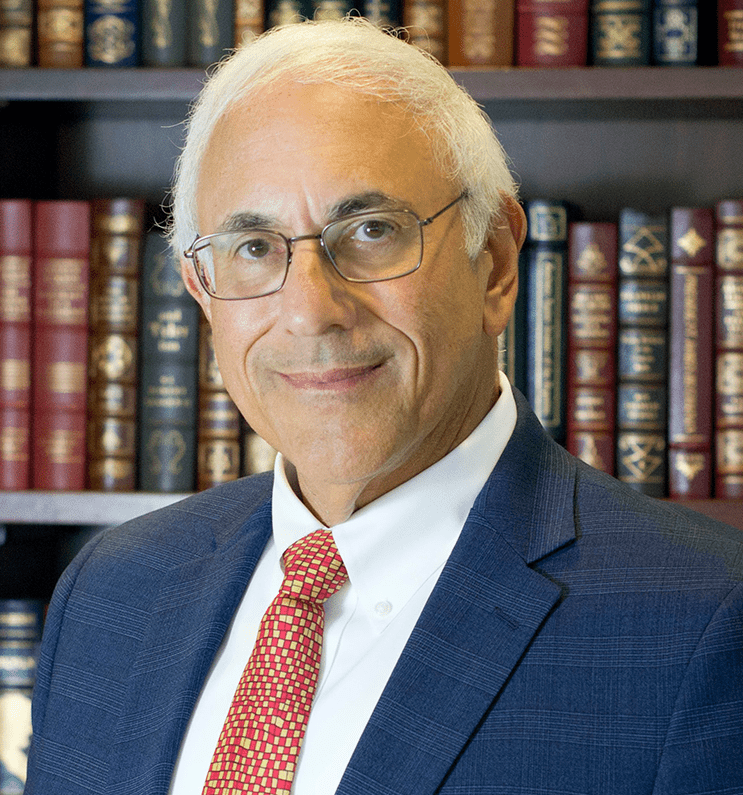Supreme Court’s Latest Abortion Case Lacked Fireworks

The U.S. Supreme Court recently heard oral arguments in one of the most anticipated cases of the October 2013 term. However, the abortion buffer case generated very few fireworks inside or outside of the courtroom. There were very few protestors outside of the Supreme Court, while the oral arguments inside lacked the heated debate that traditionally accompanies weighty free speech and abortion rights issues.
The case before the Court, McCullen v. Coakley, involves a First Amendment challenge to a Massachusetts law that makes it illegal to “enter or remain on a public way or sidewalk” within 35 feet of an entrance, exit, or driveway of “a reproductive health care facility.” While the First Circuit Court of Appeals upheld the law under the First and Fourteenth Amendments, the Supreme Court justices appeared more reluctant to let the law stand.
Justice Samuel Alito questioned the difference between a clinic employee who is allowed within the buffer zone to greet patients by saying “Good morning. This is a safe facility,” and an activist who wishes to say, “Good morning, this is not a safe facility.” By restricting one viewpoint and not the other, Alito suggested that the law might be discriminatory. “The only difference between the two is that they’ve expressed a different viewpoint,” he said. “What if there’s a real question about whether this is a safe facility?”
Even Justice Elena Kagan, whose vote Massachusetts would need to uphold the law, acknowledged that she was “a little hung up on why you need so much space.” While she seemed to understand why Massachusetts enacted the buffer zone, she may try to convince her colleagues to force the state back to the drawing board rather than overturn the law altogether.
The Supreme Court last considered abortion clinic buffer zones in the 2000 case, Hill v. Colorado. In upholding a similar yet less restrictive Colorado law, the Court reasoned that the law was permissible under the First Amendment because it “is not a regulation of speech. Rather, it is a regulation of the places where some speech may occur.”
While the justices acknowledged that “First Amendment interests are clear and undisputed, they also noted that “the State’s police powers allow it to protect its citizens’ health and safety, and may justify a special focus on access to health care facilities and the avoidance of potential trauma to patients associated with confrontational protests.”
In the current case, Massachusetts argues that its law similarly targets conduct rather than speech, noting that a more restrictive law was necessary after a string of violent protests resulted in two deaths. Meanwhile, attorneys for the other side have presented the lead plaintiff, Eleanor McCullen, as a 77-year-old grandmother who seeks to quietly converse with women entering the clinic about abortion, further bolstering the argument that the Massachusetts law may not be least restrictive means to protect women seeking access to abortion clinics.
A decision in this case is expected in June. Please check back for updates and analysis of the ruling.
Previous Articles
Justices Skeptical of Trump Administration Tariffs
by DONALD SCARINCI on December 18, 2025
The U.S. Supreme Court heard oral arguments in Learning Resources, Inc. v. Trump (consolidated with...
SCOTUS Takes Up Key Election Case Involving Mail-In Ballots
by DONALD SCARINCI on December 17, 2025
The U.S. Supreme Court recently granted certiorari in a key election case, Watson v. Republican Nat...
SCOTUS Adds Second Amendment Case to Docket
by DONALD SCARINCI on November 27, 2025
The U.S. Supreme Court will consider another important Second Amendment case this term. The latest ...
The Amendments
-
Amendment1
- Establishment ClauseFree Exercise Clause
- Freedom of Speech
- Freedoms of Press
- Freedom of Assembly, and Petitition
-
Amendment2
- The Right to Bear Arms
-
Amendment4
- Unreasonable Searches and Seizures
-
Amendment5
- Due Process
- Eminent Domain
- Rights of Criminal Defendants
Preamble to the Bill of Rights
Congress of the United States begun and held at the City of New-York, on Wednesday the fourth of March, one thousand seven hundred and eighty nine.
THE Conventions of a number of the States, having at the time of their adopting the Constitution, expressed a desire, in order to prevent misconstruction or abuse of its powers, that further declaratory and restrictive clauses should be added: And as extending the ground of public confidence in the Government, will best ensure the beneficent ends of its institution.





